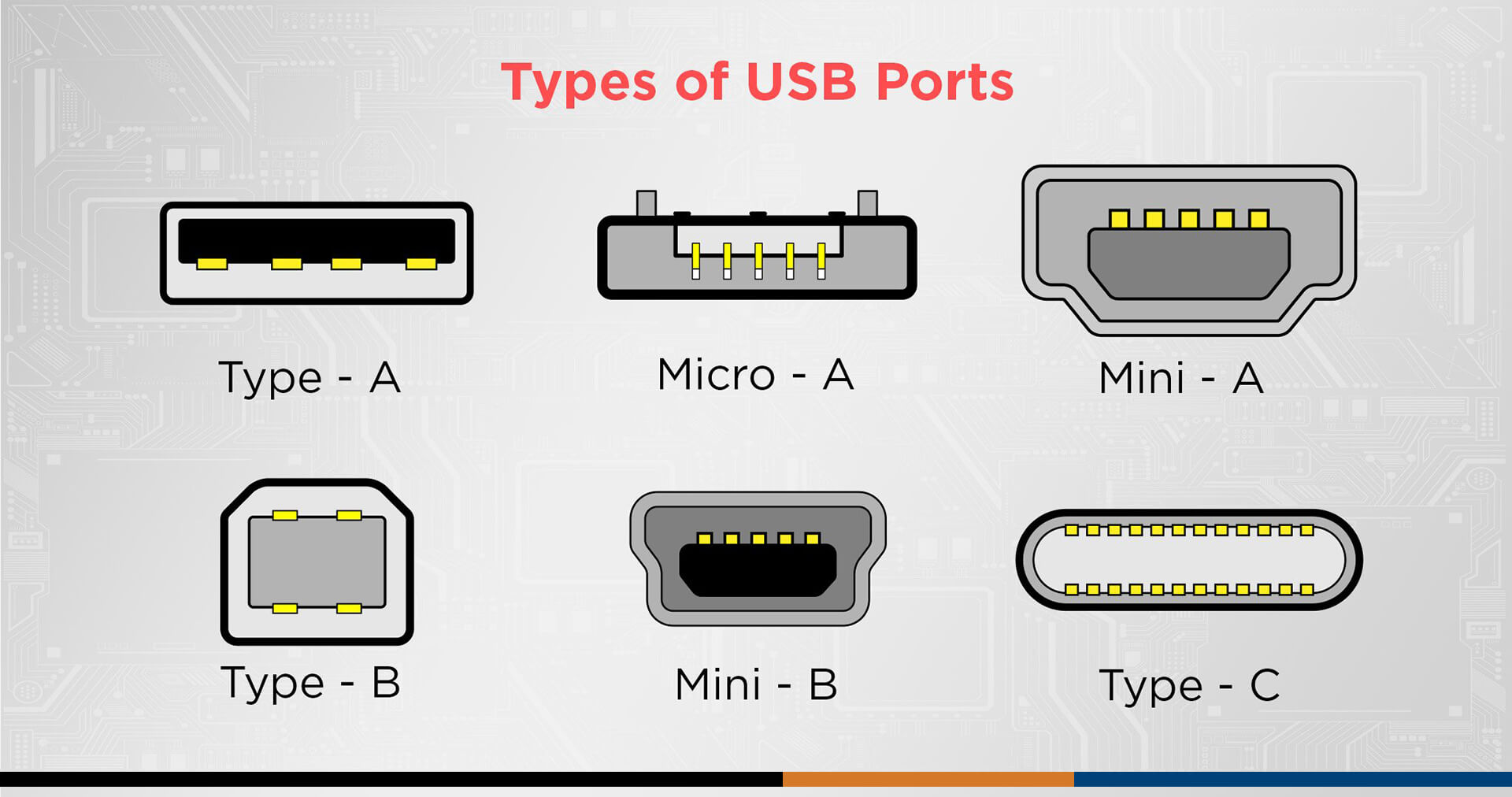
USB-C, introduced in 2014, represents the latest evolution of USB technology, offering a range of features that augment its applicability in daily settings and usage. We have seen consumer electronics with USB Type-C port for more than 10 years and probably we use it every day. But still, this is a new solution to the field of industrial computing hardware and industrial fields.
What is a USB-C port?
USB-C is a physical type and industry-standard connector for transmitting both data and power on a single cable. USB-C is a new type connector that can be used to transmit data, video and audio signals, and PCIe signals, among others. It also supports much faster charging speeds than USB-A or other USB connectors. The USB-C connector was developed by the USB Implementers Forum (USB-IF), the group of companies that has developed, certified, and shepherded the USB standard over the years. The USB-IF counts more than 700 companies in its membership, among them Apple, Dell, HP, Intel, Microsoft, and Samsung.
With just a single USB Type-C cable connected to your device, power, video input, and touch panel signal is all able to transit simultaneously via the same cable. This simplifies the typical two to three cables that are needed to operate a display to just one. The higher speed supported by the connector and the protocol also allows HD video streams to be easily transferred for machine vision applications. Higher performance data transfer and power distribution all-in-one can significantly reduce the complexity of the industrial system design and reduce the cost and time.
Why deploy industrial USB-C solutions?
The USB Type-C technology offers a new generation of convenience for the world of industrial connectivity.
1: Reversible connector design. It eliminates the frustration of trying to plug-in a connector the wrong way. The reversible connector design is beneficial in industrial environments where users may be working in low-light conditions or with limited visibility.
2: A variety of protocols and data transfer standards. It includes USB 3.1, USB3.2, or even thunderbolt 3. It compatibility allows for faster data transfer speeds of up to 10 Gbps, making USB-C an attractive option for industries that rely on high-speed data communication. USB-C can deliver higher power levels, supporting devices that require more energy without the need for separate power sources.
3: Flexibility for system design. Another advantage of USB-C is its capability to support alternate modes, which enable a single port to handle multiple functions. For instance, USB-C can be used for video output, allowing users to connect displays and external monitors directly through the same port used for data transfer and power. This multifunctionality streamlines connectivity in industrial setups, reducing the number of required ports and cables, which can lead to a cleaner and more organized workspace.
More and more industrial application will choose USB-C
The system with USB Type-C connector onboard is suitable for tight-fitting places where too many cables cause inconvenience such as in truck, control cabinet or kiosks. The ability to connect your industrial device with other peripherals via just one cable makes the whole industrial application compact and tidy. Whether you are working on automation, embedded system, building automation, smart city, industrial IoT or industrial automation, the USB-C can be a good choice worth considering.
The automotive & vehicle market has already discovered the benefits of this new USB technology. The Panel PC or industrial monitor with a USB Type-C connector in modern trucks and cars to display high-performance video. With only one port, the display is very clear & light to display media, and aggregate sensor data of the in-vehicle system together.
Whereas the USB Type-C is a new for industrial computing design. It is a growing trend of the industrial future. Taicenn have designed and built with a USB Type-C port in our latest industrial computing hardware, including rugged Box PC series and All-in-one touch Panel PC series. Be the first to deploy this new technology into your industrial projects? Contact us to consult a best solution for your system?